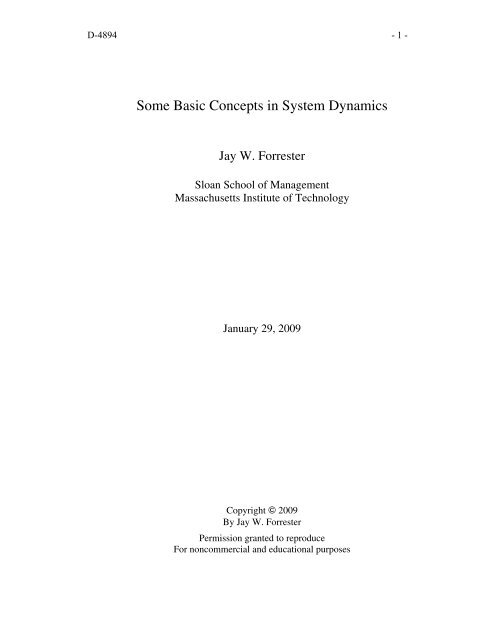

In 1956, Forrester moved to the MIT Sloan School of Management, where he was Germeshausen Professor Emeritus and Senior Lecturer. The Forrester Effectįorrester is also believed to have created the first animation in the history of computer graphics, a “jumping ball” on an oscilloscope. Magnetic-core memory became the predominant form of random-access computer memory for 20 years between about 19. Magnetic-Core Storage has two big advantages: greater reliability with a consequent reduction in maintenance time devoted to storage and most importantly shorter access time thus increasing the speed of computer operation. The first core memory of 32 x 32 x 16 bits was installed on Whirlwind in the summer of 1953. Several researchers in the late 1940s conceived the idea of using magnetic cores for computer memory, but Jay Forrester received the principal patent for his invention of the coincident core memory that enabled the 3D storage of information. At first, Williams tubes - a storage system based on cathode ray tubes - were used, but these devices were always temperamental and unreliable. The MIT Whirlwind computer required a fast memory system for real-time aircraft tracking use. The project’s budget was approximately $1 million a year, which was vastly higher than the development costs of most other computers of the era. Whirlwind took three years to build and first went online on April 20, 1951. Whirlwind construction started in 1948, an effort that employed 175 people including 70 engineers and technicians. Its development led directly to the Whirlwind II design used as the basis for the United States Air Force SAGE air defense system, and indirectly to almost all business computers and minicomputers in the 1960s. Today almost all CPUs do arithmetic in “bit-parallel” mode. Ignoring memory speed, Whirlwind was essentially sixteen times as fast as other machines. This was simply not fast enough, so Whirlwind included sixteen such math units, operating on a complete 16-bit word every cycle in bit-parallel mode.

Most computers of the era operated in bit-serial mode, using single-bit arithmetic and feeding in large words, often 48 or 60 bits in size, one bit at a time. Moreover, it was one of the first computers to calculate in parallel (rather than serial), and was the first to use magnetic core memory. It was amongst the first digital electronic computers that operated in real-time for output, and the first that was not simply an electronic replacement of older mechanical systems. Whirlwind I was a Cold War-era vacuum tube computer developed by the MIT Servomechanisms Laboratory for the U.S. The Whirlwind Projectĭuring the 1940s and early 50s, he did research in electrical and computer engineering, heading the Whirlwind project, perfecting magnetic-core memory, and developing the “multi-coordinate digital information storage device” (coincident-current system), the forerunner of today’s RAM. Forrester received his Bachelor of Science in Electrical Engineering in 1939 from the University of Nebraska–Lincoln, was inducted in 1949 into Eta Kappa Nu (HKN) the Electrical & Computer Engineering Honor Society, and went on to graduate school at the Massachusetts Institute of Technology, where he would spend his entire career.

While in high school, he built a wind-driven, 12-volt electrical system using old car parts - it gave the ranch its first electric power. Massachusetts Institute of Technologyįorrester was born on a farm near Anselmo, Nebraska, to Ethel Pearl Wright Forrester and Marmaduke (Duke) Montrose Forrester, where his early interest in electricity was spurred, perhaps, by the fact that the ranch had none. Any action which is essential to the behavior of the mode being investigated must be included inside the system boundary.” Its dynamic behavior arises within its internal structure. “In concept a feedback system is a closed system. He also he supervised the building of the Whirlwind computer at the Massachusetts Institute of Technology, for which he invented the random-access magnetic core memory, the information-storage device employed in most digital computers.

Forrester is known as the founder of system dynamics, which deals with the simulation of interactions between objects in dynamic systems. On July 14, 1918, pioneering American computer engineer and systems scientist Jay Wright Forrester was born. Dynamic stock and flow diagram of New product adoption model


 0 kommentar(er)
0 kommentar(er)
